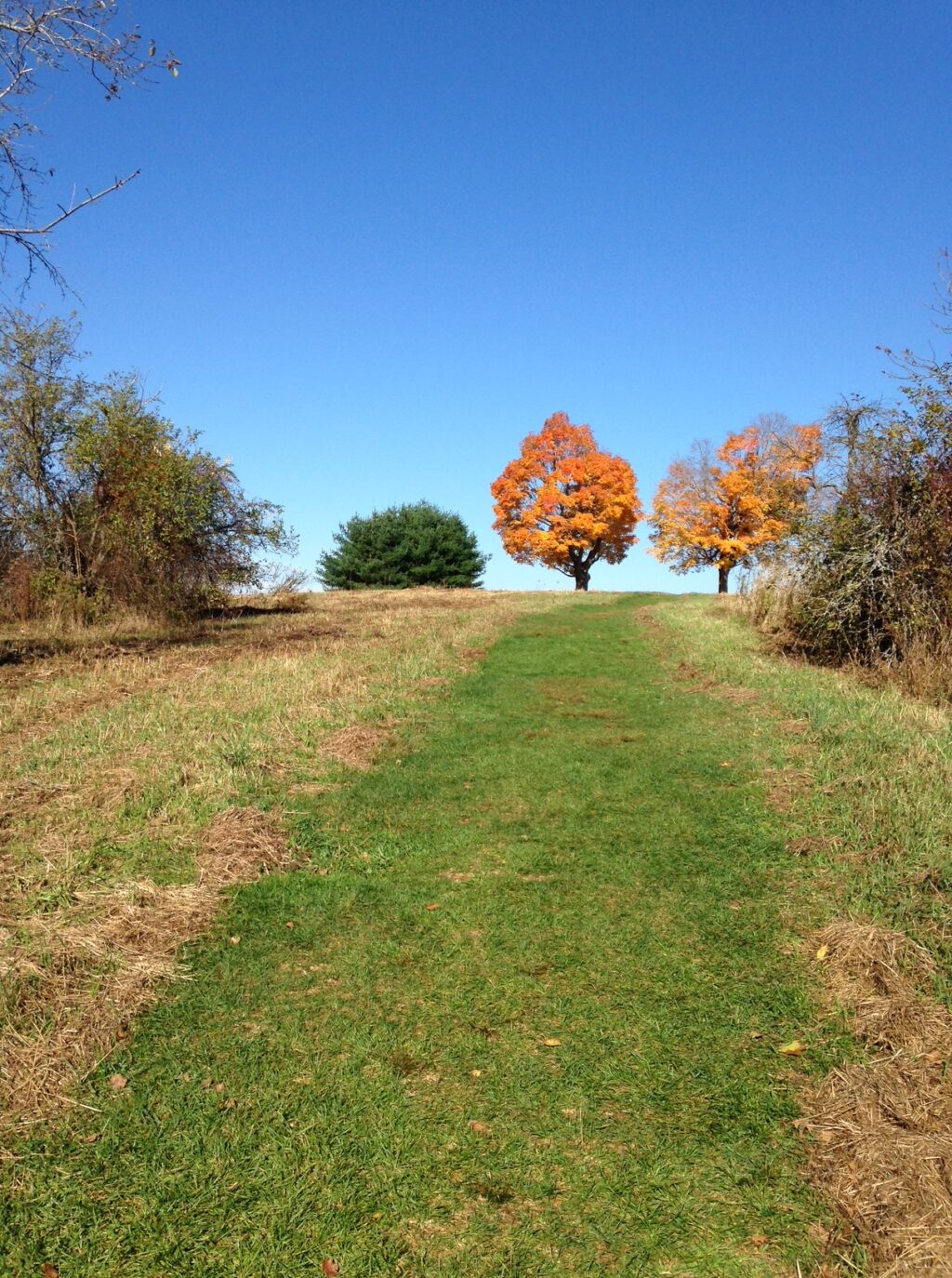Landform Observatory Planned for Mount Pollux

Mt. Pollux, Amherst. Photo: Maura Keene
The Amherst Conservation Commission approved unanimously at their meeting of January 8, 2025, the installation of signage on Mt. Pollux that would explain the geomorphology of Mt. Pollux and its surrounding area. The proposal, submitted by Thomas Johnson, a member of the Friends of Mt. Pollux, would be part of a system of Pocumtuck Valley Landform Observatories planned for Mt. Sugarloaf in South Deerfield and at the Mt. Holyoke Summit House in Hadley. The observatories are the result of a partnership between University of Massachusetts Amherst; College of Natural Sciences; the Commonwealth of Massachusetts Department of Conservation and Recreation (DCR),; the State Geologist, Brian Yellen of Amherst; Massachusetts Geological Survey; and the Friends of Mt. Pollux. By approving the signage, the Town of Amherst would join this partnership.
Mt. Pollux is slated to receive a new informational kiosk as part of the $100,000 in Community Preservation Act (CPA) funds for signage at recreation and conservation areas recommended by the CPA committee for FY2026. The CPA funding will need to be approved by the Town Council. Design for the signs and kiosks was paid for with American Rescue Plan Act (ARPA) funds, according to Town of Amherst Communications Manager Samantha Giffen.
In his presentation to the Conservation Commission, Johnson stated that Mt. Pollux was formed 50,000 years ago and is one of two named glacial drumlins in Amherst. The other is nearby Mt. Castor. The 360-degree view from the 345-foot summit affords views of the Pocumtuck (Pioneer) Valley and surrounding highlands, which, according to Johnson, “are the site of remarkable geohistorical events stretching back as far as when continents collided 485 million years ago and formed the Berkshires to the west, to the recent formation of Lake Hitchcock at the end of the last ice age 7,000 years ago. The Pelham Hills to the east (330 million years old) are the remnant of a towering “altiplano” which covered what is now central Massachusetts, while the Holyoke Range forming the south edge of the Pocumtuck Valley was created by the rifting of the Connecticut River Basin 200 million years ago.”
Each planned observatory would have a single sign containing a map of the Pocumtuck Valley and surrounding landforms, and a geohistorical timeline. The sign will also contain a QR code symbol (like those found at the interpretive Emily Dickinson trail along the Fort River), which will link to the observatory’s web platform and can be accessed at the site using a smartphone. Drone and virtual reality photos will give more detailed information on the landform creation and, for example, show the Berkshires when they were 15,000 feet tall, illustrate what the Connecticut River Basin rift valley looked like, and show Lake Hitchcock spreading for miles around the foot of the three planned observatories. (Mt. Pollux was an island at this time.)
Although the town’s planned information kiosk will be located near the parking lot on Mt. Pollux, Johnson stated that the best location for the observatory signage would be at the summit. He said that the Department of Conservation and Recreation is funding the design and fabrication of the signs for Mt. Sugarloaf and Mt. Holyoke, and might help with the Mt. Pollux sign. He added that the Friends of Mt. Pollux would also be willing to contribute. The two observatories on Mt. Sugarloaf and Mt. Holyoke are scheduled to be created in the late summer of 2025. Details about the observatory on Mt. Pollux will be announced in the future.
